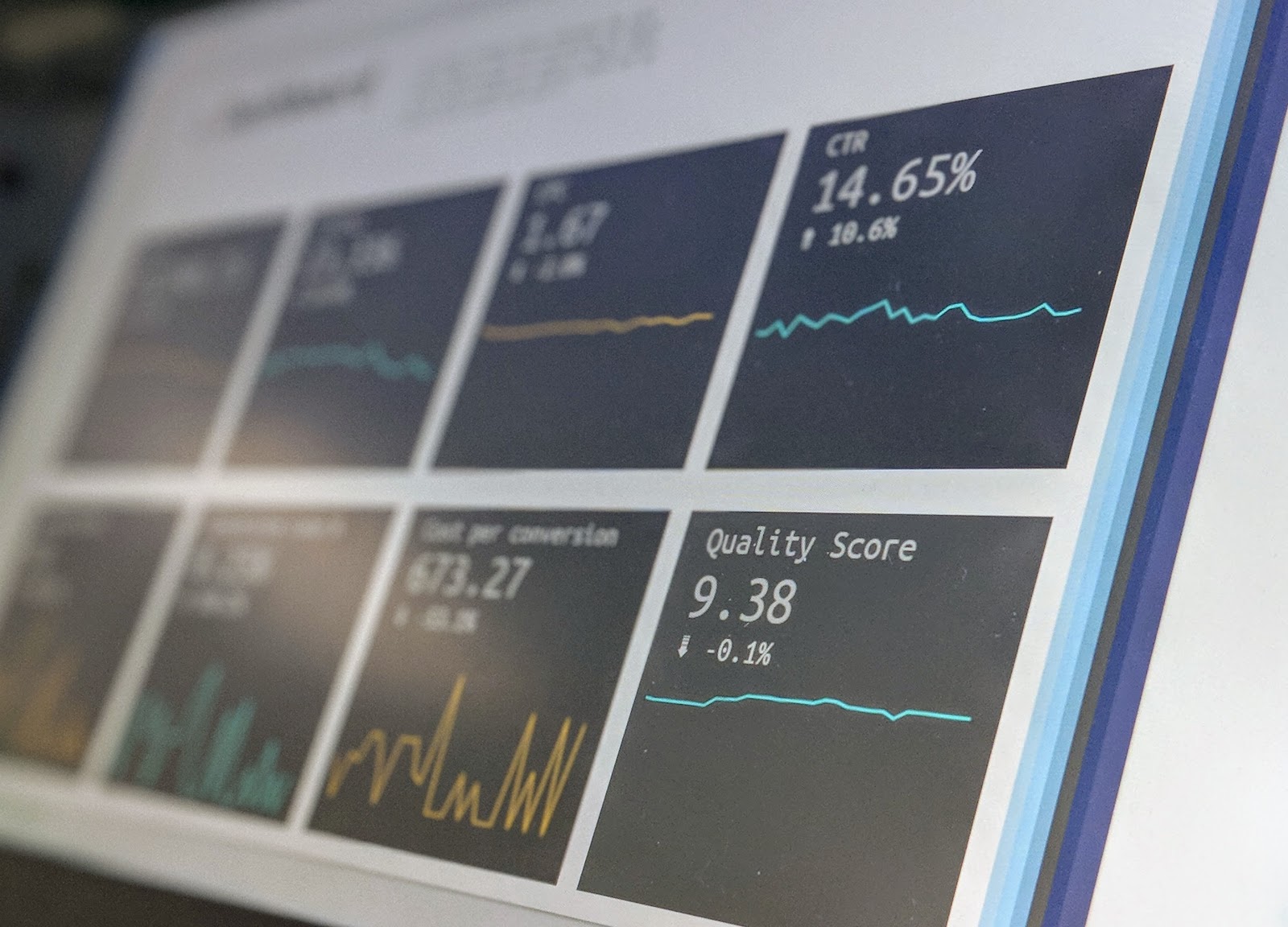What is Data preparation in Machine Learning?
What’s Data Preparation in Machine Learning?
Data preparation is the operation of cleaning data, which includes removing inapplicable information and transubstantiating the data into a desirable format. Data preparation is an integral step in the machine- learning process because it allows the data to be employed by the machine- learning algorithms to produce an accurate model or forecasting.
Data preparation is a dynamic step in the machine learning channel. Just as visualization is necessary to understand the connections in data, proper medication or data mugging is needed to insure machine learning models work optimally.
The procedure of data preparation is largely interactive and iterative. A typical process includes at least the following way
1. Visualization of the dataset to deduce the connections and identify possible problems with the data.
2. Data cleaning and metamorphosis to address the problems linked. It many cases, step 1 is also repeated to corroborate that the cleaning and metamorphosis had the asked effect.
3. Construction and evaluation of a machine learning models. Visualization of the results will frequently lead to understanding of farther data preparation that’s needed; going back to step 1.
In short, you need to re-collect some raw data, and also need to reuse it to make it accessible for ML Models.
How FutureAnalytica helps in data engineering?
With FutureAnalytica’s automated data engineering operations one can combine data lines without writing any code on the platform and induce the right data needed to make AI models. Feature engineering is the toughest and most time-consuming process. This is where the machine learns the patterns which are fluently not available for the machine to learn. Indeed, deep learning cannot do much if data is irregular. With FutureAnalytica automated feature engineering operation, end-user can induce rich features in no time. Thanks to the customs point machine, features are generated without writing a single piece of code in one shot.
Not every time your data would be sufficient to evolve the right AI models. With FutureAnalytica data enrichment operations end- user can enrich data to make high- end AI models and also unearth deep data perceptivity by using data from different sources. Data operation is a tedious task for IT. With FutureAnalytica data operation apps, end- user can handle data from different sources and integrate it into the platform for flawless collaboration and erecting new AI models.
Significance of Data Preparation
The type of data you use for your model grandly impacts the outgrowth of your model. However, also it can have a great impact on your model’s delicacy, If the data has small disagreement or missing information. Thus, it’s essential to have quality data that you can use to train your models.
In practice, experimenters have set up that 80 of the total data engineering trouble is devoted to data preparation. As a result, the field of data mining has placed great emphasis on developing ways for carrying high- quality data.
The data preparation is overcritical in three ways
1. World data may be noisy or impure
2. Elevated processing systems bear accurate data
3. Data integrity yields high- quality trends
Also, data preparation produces a narrower dataset than the source, which can up heave data collection performance dramatically.
Predictive Modeling is substantially Data Preparation. Modeling data with machine learning algorithms has come routine.
The vast maturity of the common, popular, and extensively used machine learning algorithms are decades old. Linear regression is more than 100 times old. That’s to say, utmost algorithms are well deduced and well parameterized and there are standard delineations and executions available in open source software, like the scikit- learn machine learning library in Python.
Although the algorithms are well understood operationally, utmost do not have satiable propositions about why they work or how to collude algorithms to problems. This is why each predictive modeling design is empirical rather than theoretical, taking a process of methodical experimentation of algorithms on data.
Given away that machine learning algorithms are routine for the utmost part, the one thing that changes from design to design is the specific data used in the modeling.
ML styles for Data Processing
Instance Reduction
To remove errors from large data sets, a procedure called instance reduction can be used. Instance reduction reduces the volume of information by removing instances from data sets or by generating new sets. Instance reduction allows experimenters to drop the size of veritably large data sets without reducing the knowledge and quality of information they can extract from them.
Imputation of Missing Values
There are other approaches to diving the problem of missing values. First, we can discard cases that have missing values. But this is infrequently beneficial because we’re ignoring meaningful information. Other approach for same is to attribute the missing values. This is generally done using machine learning ways that model the probability functions of the data set. Max- liability procedures can also be applied to find the perfect imputation model.
Conclusion
The first step in learning how to prepare your data will vary on what type of data you’re using. Still, making sure that your data is as exact and clean as possible is important when it comes to modeling. Make sure to constantly keep these data preparation tips in mind while beginning any statistical design, whether simple or complex.
FutureAnalytica.com has a no-code AI solution that is a next-gen technology which allows anyone with no data science or coding background to develop advanced AI/ML solutions. For any type of queries mail us at info@futureanalytica.com.




Comments
Post a Comment